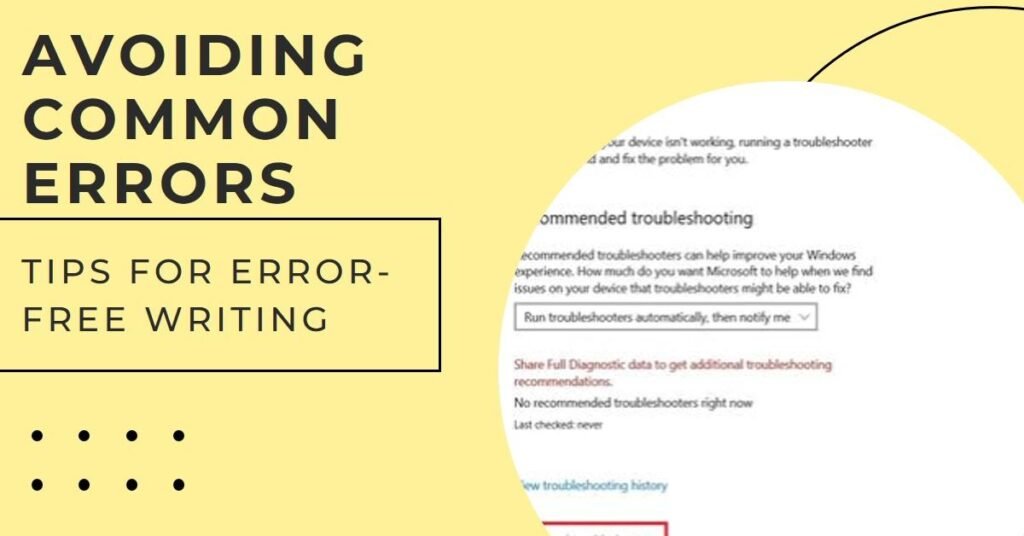Shortcuts make us more efficient. They let us finish tasks faster. But we sometimes see errors. “Errordomain=nscocoaerrordomain” flashes on screen. The system can’t locate your shortcut. Errorcode 4 pops up. Frustration mounts as the error message unfolds: “Could not find the specified shortcut.” You’re left puzzling over this cryptic digital roadblock, searching for a way forward. This error can be frustrating. This article will discuss common shortcut errors. We’ll provide solutions and tips to prevent them.
1. Missing Shortcuts
One common issue is that shortcuts can go missing. You might delete them by mistake. Or, the program that they link to might have damaged. That could cause this to happen. For example, you might expect to access a file through a shortcut on your desktop, only to find no longer there.
Solution:
To find missing shortcuts, first check your Recycle Bin or Trash. If you find the shortcut there, right-click on it and choose “Restore.” If it’s an application shortcut, locate the program’s installation folder. Right-click the app. Select “Create Shortcut.” Then, move the new shortcut to your desktop or preferred location.
Prevention Tip:
To avoid accidental deletions, don’t put shortcuts in folders you often delete. Or, back up your important shortcuts.
2. Shortcuts Not Responding
Sometimes shortcuts don’t work at all, failing to open programs or perform tasks. This can be due to software conflicts or outdated settings. For example, you may click a shortcut, but nothing happens.
Solution:
Start by checking if the program linked to the shortcut is functioning. If it’s not responding, try restarting the application or your computer. If the problem persists, reset the shortcut settings in the app’s preferences. Or, check for system updates to ensure all software is current.
Prevention Tip:
Update your apps and OS on a regular basis. This will reduce conflicts that may cause shortcuts to stop responding.
3. Incorrect shortcut assignments
You might find that a shortcut opens the wrong program or performs an unexpected action. For example, a browser shortcut might open a different app.
Solution:
Right-click on the shortcut and select “Properties.” In the target field, ensure it points to the correct application. If it’s incorrect, change it to the right location, save your changes, and test the shortcut again.
Prevention Tip:
Do not rename or move files without updating the shortcuts. This can lead to incorrect assignments.
4. Keyboard shortcuts are not working.
Keyboard shortcuts can stop working. This can happen if the keyboard settings change or if other applications interfere. For instance, using Ctrl+C to copy might not work if another program overrides this command.
Solution:
Examine the keyboard layout in the system settings to verify its correct setting. Test the keyboard in various applications to rule out hardware issues. Restarting your computer can refresh settings. Also, check for any background applications that might be causing conflicts.
Prevention Tip:
Update your system and apps. It avoids issues that might affect keyboard shortcuts.
5. Shortcuts Creating Duplicate Files
Using shortcuts can lead to the creation of duplicate files. This may confuse you. For example, if you create many shortcuts to the same document, your desktop can become messy.
Solution:
Review your shortcuts and the files they link to on a regular basis. Organize files into folders and use clear names to avoid duplicates. If you find duplicates, delete the extras. This will streamline your workspace.
Prevention Tip:
Set a naming convention for shortcuts and files. It will help to avoid duplicates.
6. Shortcut Malfunction After Updates
After updating the software, shortcuts may stop working well at specific times. This can occur if the update introduces significant changes. For instance, an updated version of an application might change its file paths.
Solution:
After an update, verify that your shortcuts still work. If you find any broken ones, you may need to recreate them. Look at the update notes to identify any known issues or check the support forums for solutions.
Prevention Tip:
Before major updates, note your shortcuts and their links. This will help you restore functionality without delay if issues arise.
Conclusion
Shortcut errors can slow you down, but you can fix most issues with the right approach. By understanding common problems and their solutions, you can maintain an efficient workflow. Check and manage your shortcuts on a regular basis. Take steps to prevent future issues. For help, check online forums or user manuals.
FAQs
What should I do if a shortcut keeps returning an error message?
If a shortcut gives you an error, try deleting it. Then, recreate it from the original app. Verify the application’s functionality and examine the available updates.
How can I restore a deleted shortcut?
You can restore a deleted shortcut by checking the Recycle Bin or Trash. If it’s there, right-click on it and choose “Restore.” If not, you will need to recreate it from the original application.
Why do some keyboard shortcuts stop working after an update?
Updates can change system settings or interfere with keyboard shortcuts. This is especially true if another app takes over the shortcut keys. Check the app settings or your system preferences to fix the issue.
How can I prevent shortcuts from going missing?
To prevent losing shortcuts, don’t put them in folders you often delete items from. You can create a backup folder designated for your important shortcuts.




More Stories
Dog Bed: A Comprehensive Guide to Pet Itz and the Pet Tent Cave Bed
What Documents Are Required for a Marriage Certificate in Pune?
The Art and Craft of a Bespoke Chess Set